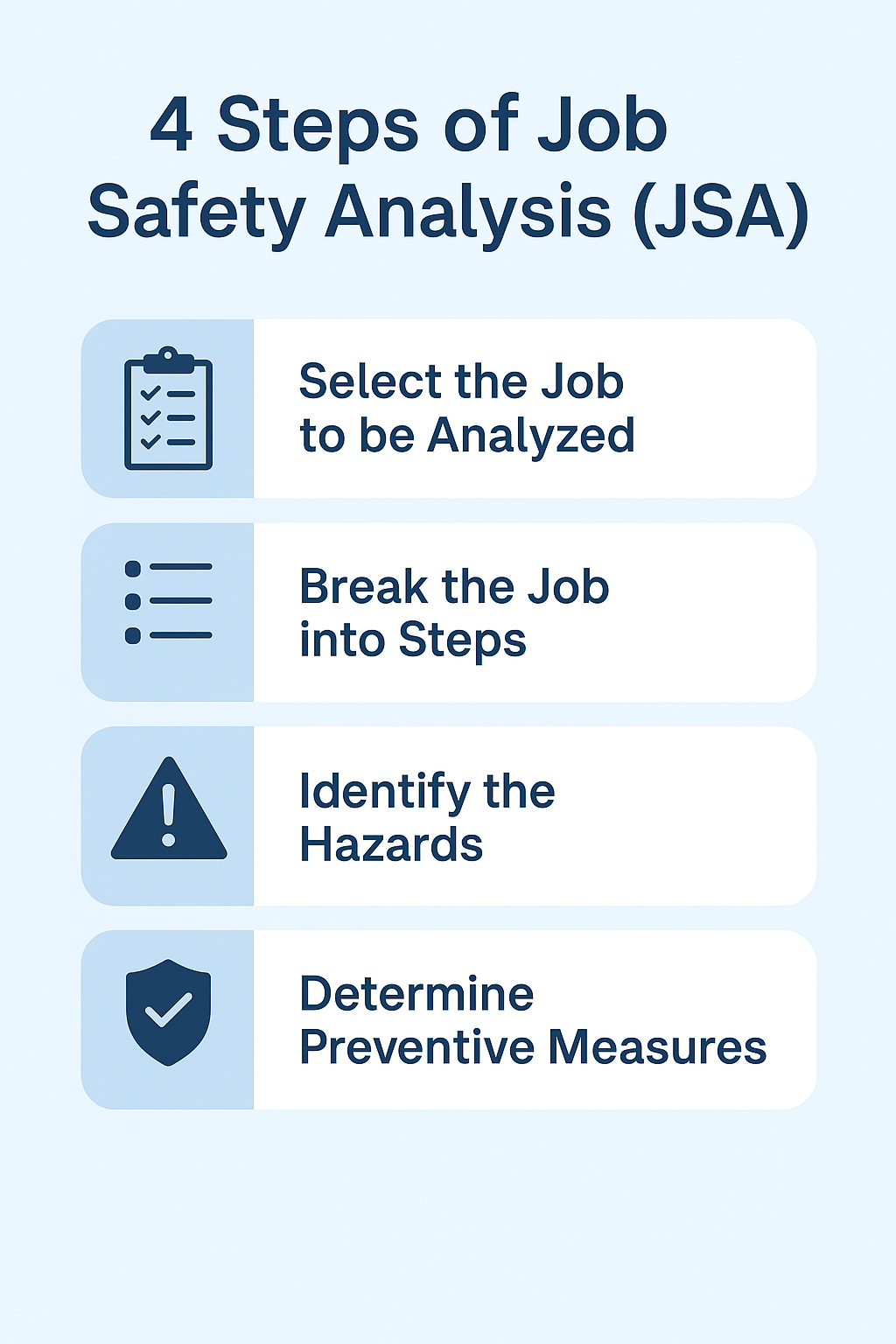
Process of Root Cause Analysis
Root Cause Analysis (RCA) is a systematic approach used to identify the underlying causes of problems or issues within a process or system. It plays a crucial role in problem-solving and decision-making, helping organizations address issues at their core rather than merely treating symptoms. Let’s delve into the process of Root Cause Analysis, exploring its key steps, benefits, common techniques, real-life examples, challenges, best practices, a case study, its application in different industries, and future trends.
1. Introduction
At its core, Root Cause Analysis aims to discover what went wrong, why it happened, and how to prevent its recurrence. It involves a structured investigation that goes beyond surface-level symptoms to unveil the fundamental issues impacting a process. By understanding the root causes, organizations can implement effective solutions and improve overall performance.
2. Key Steps in Root Cause Analysis
Identification of the Problem
The first step in RCA is defining and identifying the problem. This involves gathering information about the issue, understanding its impact, and setting clear objectives for the analysis.
Data Collection and Analysis
Once the problem is identified, data collection is crucial. Analyzing relevant data provides insights into patterns, trends, and potential causes. This step often involves collaboration between different departments or teams.
Root Cause Identification
Using techniques like the 5 Whys, investigators dig deeper to find the root cause of the problem. This step aims to uncover the underlying factors that contributed to the issue.
Developing Corrective Actions
With the root cause identified, the next step is to develop corrective actions. These actions are designed to address the issue at its source, preventing its recurrence. It’s essential to create actionable and realistic solutions.
3. Benefits of Root Cause Analysis
Preventing Recurrence of Issues
RCA goes beyond solving immediate problems; it prevents similar issues from arising in the future. By addressing root causes, organizations establish long-term solutions.
Enhancing Decision-Making
Informed decision-making relies on a deep understanding of problems. RCA provides the necessary insights for making strategic and effective decisions.
Improving Overall Processes
Continuous improvement is a fundamental principle of RCA. By addressing root causes, organizations optimize processes, leading to increased efficiency and productivity.
4. Common Techniques for Root Cause Analysis
5 Whys
The 5 Whys technique involves asking “why” multiple times to uncover deeper layers of causation. It encourages a systematic exploration of the issue until the root cause is revealed.
Fishbone Diagrams
Also known as Ishikawa or Cause-and-Effect diagrams, Fishbone diagrams visually represent the potential causes of a problem. This tool helps teams explore various factors contributing to an issue.
Fault Tree Analysis
Fault Tree Analysis identifies all possible causes of a specific event and explores their relationships. It provides a structured approach to understanding complex issues.
5. Real-life Examples of Successful RCA
Healthcare Industry
In healthcare, RCA has been instrumental in improving patient safety. Analyzing incidents, such as medication errors or surgical complications, has led to enhanced protocols and better patient outcomes.
Manufacturing Sector
Root Cause Analysis has transformed manufacturing processes by identifying and eliminating bottlenecks, reducing defects, and optimizing production workflows.
IT and Software Development
In the realm of IT and software development, RCA is pivotal for identifying and rectifying issues in systems, applications, and development processes, ensuring smoother operations.
6. Challenges in Implementing Root Cause Analysis
Resistance to Change
Implementing RCA may face resistance, as it requires a shift in mindset and organizational culture. Overcoming resistance is crucial for successful implementation.
Lack of Data Accuracy
RCA heavily relies on accurate data. Inaccuracies or incomplete data can lead to incorrect root cause identification and ineffective solutions.
Time and Resource Constraints
Conducting a thorough RCA requires time and resources. In fast-paced environments, finding a balance between speed and depth is a challenge.
7. Best Practices for Effective RCA
Cross-functional Collaboration
Incorporating perspectives from various departments fosters a comprehensive understanding of the issue. Cross-functional collaboration ensures a holistic approach to RCA.
Continuous Improvement
RCA is not a one-time activity. Embracing a culture of continuous improvement ensures that organizations evolve and address emerging challenges proactively.
Documentation and Reporting
Thorough documentation of the RCA process and outcomes is essential. Clear reporting facilitates knowledge sharing and future reference.
8. Case Study: Resolving a Production Issue
In a manufacturing setting, a sudden increase in defective products prompted an RCA. By systematically applying the key steps, the team identified a malfunctioning machine as the root cause. Implementing corrective actions resulted in a significant reduction in defects and improved overall production efficiency.
9. RCA in Different Industries
Tailoring RCA for Specific Needs
Different industries have unique challenges. Adapting RCA methods to the specific needs of each industry ensures relevance and effectiveness.
Industry-specific Challenges and Solutions
Exploring how RCA addresses industry-specific challenges provides valuable insights for organizations across various sectors.
Root Cause Analysis (RCA) is a systematic process used to identify the underlying causes of problems or incidents within a system, process, or organization. The goal of RCA is to determine the fundamental reason(s) behind an issue rather than just addressing its symptoms. Here is a structured approach to conducting Root Cause Analysis:- Define the Problem: Clearly articulate the problem or incident that needs to be analyzed. This step involves gathering information about what happened, when it occurred, where it occurred, and its impact on the system or organization.
- Gather Data: Collect relevant data and information related to the problem or incident. This may include incident reports, documentation, interviews with stakeholders, observations, and any other sources of information that can provide insight into the issue.
- Identify Possible Causes: Brainstorm and generate a list of potential causes or factors that may have contributed to the problem. Encourage open discussion and consider various perspectives to ensure a comprehensive list of possible causes is generated.
- Narrow Down the Causes: Evaluate and prioritize the list of potential causes based on factors such as likelihood, impact, and relevance. Focus on identifying the root causes rather than addressing surface-level symptoms.
- Perform Analysis: Use appropriate analytical tools and techniques to investigate each potential cause in depth. This may involve techniques such as 5 Whys, Fishbone Diagrams (Ishikawa Diagrams), Fault Tree Analysis, Pareto Analysis, or other problem-solving methodologies.
- Verify Root Causes: Validate the identified root causes through data analysis, testing hypotheses, and consulting subject matter experts. Ensure that the root causes are based on evidence and logical reasoning rather than assumptions or opinions.
- Develop Corrective Actions: Once the root causes have been identified and verified, develop actionable solutions or corrective actions to address each root cause. These actions should be specific, measurable, achievable, relevant, and time-bound (SMART).
- Implement Solutions: Implement the corrective actions within the organization or system. This may involve making process changes, updating procedures, providing training, or implementing new technologies to prevent similar problems from occurring in the future.
- Monitor and Evaluate: Continuously monitor the effectiveness of the implemented solutions and evaluate their impact on the system or organization. Make adjustments as necessary to ensure that the root causes are effectively addressed and that the problem does not recur.
- Document the Process: Document the entire RCA process, including the problem definition, data collection, analysis, identified root causes, corrective actions, and outcomes. This documentation serves as a valuable reference for future analysis and learning within the organization.
By following these steps, organizations can systematically identify and address the root causes of problems or incidents, leading to improved performance, efficiency, and reliability.10. Conclusion
In conclusion, the process of Root Cause Analysis is a powerful tool for organizations seeking to enhance their problem-solving capabilities. By systematically identifying and addressing root causes, businesses can not only resolve immediate issues but also foster a culture of continuous improvement.
FAQs
- Is Root Cause Analysis only applicable to manufacturing industries?
- No, Root Cause Analysis is applicable to various industries, including healthcare, IT, and services.
- How frequently should organizations conduct Root Cause Analysis?
- Organizations should conduct RCA regularly, especially in response to significant issues, and embrace a continuous improvement mindset.
- Can AI completely replace human involvement in Root Cause Analysis?
- While AI enhances data analysis, human expertise is crucial for contextual understanding and decision-making.
- What is the role of documentation in the RCA process?
- Documentation ensures transparency, knowledge sharing, and a historical record for future reference and improvement.
- How can organizations overcome resistance to implementing Root Cause Analysis?
- Overcoming resistance involves effective communication, showcasing the benefits, and fostering a culture that values learning and improvement.
























